I used a trick o solve this issue, but one thing to keep in mind is that they are still unstable APIs that react uses and it's still recommended not to use React server component in the production level, uses it for learning and test it and get yourself familiar with it, so back to solution:
My experience was I had a lot of problems with caching layer they are using in their depo app. I just removed it. My suggestion is to not use it for now until those functions and APIs become stable. So I Removed it in my useServerResponse(...) function, which in here I renamed it to getServerResponse(...) because of the hook I created later in order to convert the promise into actual renderable response, so what I did was:
export async function getServerResponse(location) {
const key = JSON.stringify(location);
// const cache = unstable_getCacheForType(createResponseCache);
// let response = cache.get(key);
// if (response) return response;
let response = await createFromFetch(
fetch("/react?location=" + encodeURIComponent(key))
);
// cache.set(key, response);
return response;
}
and then creating a hook that would get the promise from the above function, and return an actual renderable result for me:
export function _useServerResponse(appState) {
const [tree, setTree] = useState(null);
useEffect(() => {
getServerResponse(appState).then((res) => {
setTree(res);
});
}, [appState]);
return { tree };
}
and finally in my AppContextProvider, I used that hook to get the react server component tree and use that rendered tree as child of my global context provider in client-side like below:
import { _useServerResponse } from ".../location/of/your/hook";
export default function AppContextProvider() {
const [appState, setAppState] = useState({
...someAppStateHere
});
const { tree } = _useServerResponse(appState);
return (
<AppContext.Provider value={{ appState, setAppState }}>
{tree}
</AppContext.Provider>
);
}
I know that this is like a workaround hacky solution, but it worked fine in my case, and seems like until we get stable APIs with proper official documentation about RSCs, it's a working solution for me at least!
